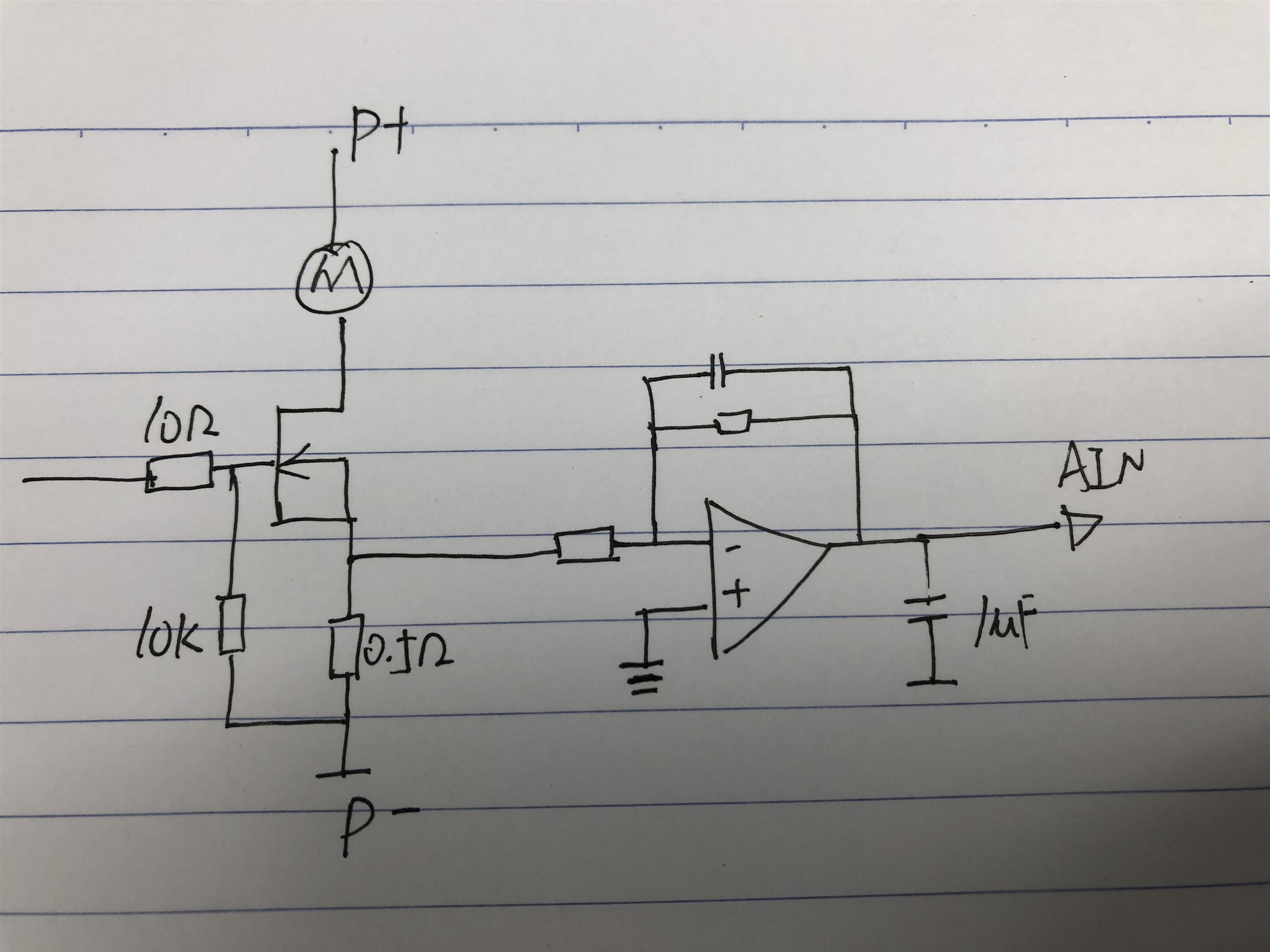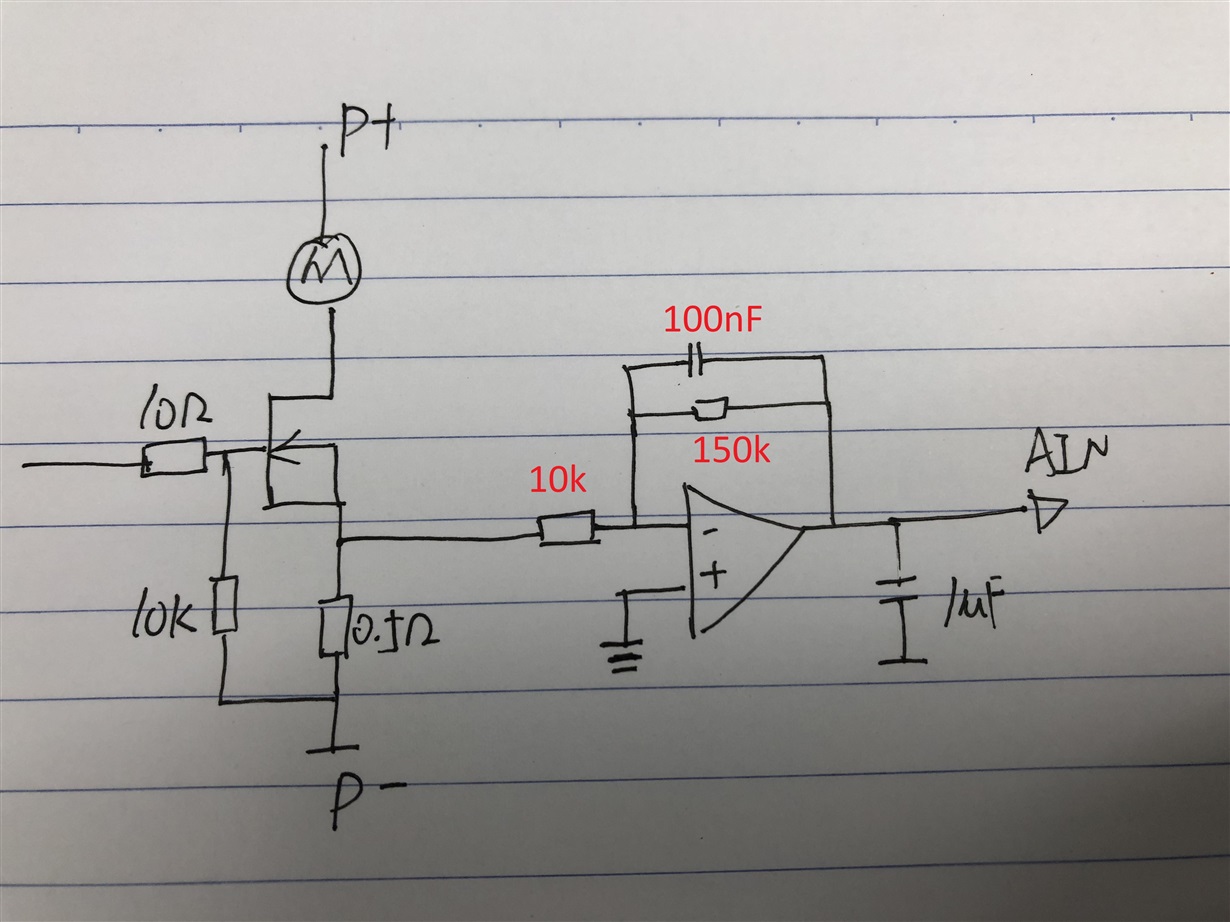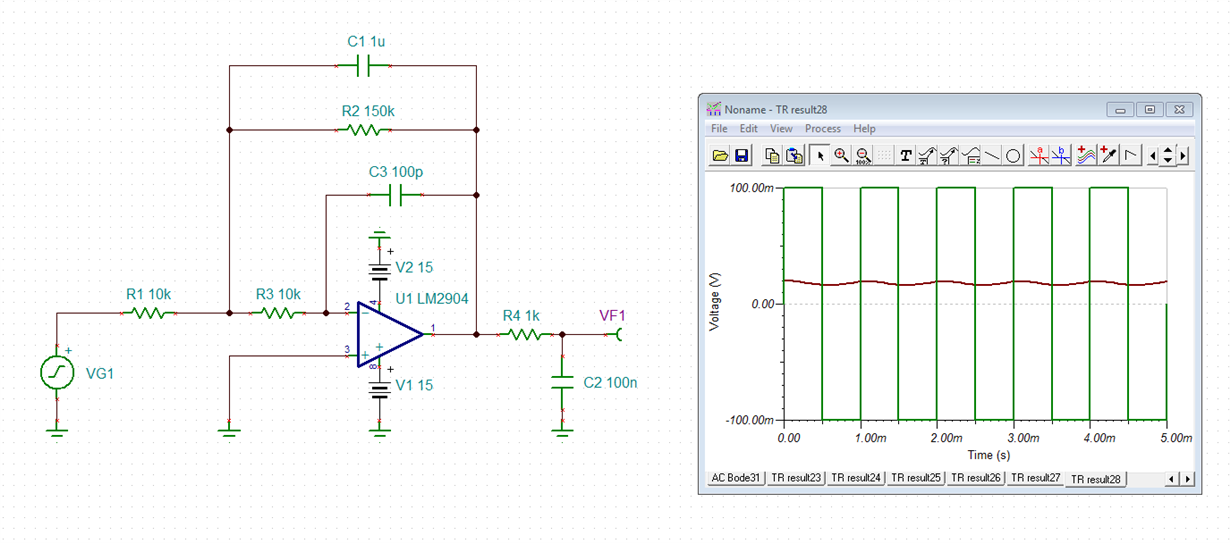Hi team,
My customer is using LM2904 to detect the motor current for the cordless vacuum cleaners application. As picture shown as below, the MOS is either on or off for a long period. Customer want to test the average current from AIN PIN(from a simple MCU), but the integrated AD is very slow(120k) and only have 8 bit. So they add a 10uF capacitor for the output of amplifier in order to get the average current of the motor.
Question is using this 10uF cap, I am wondering if this will cause stability problem and the response is very slow.
Do you have any suggestions for this? or a better solution?
Thanks!




